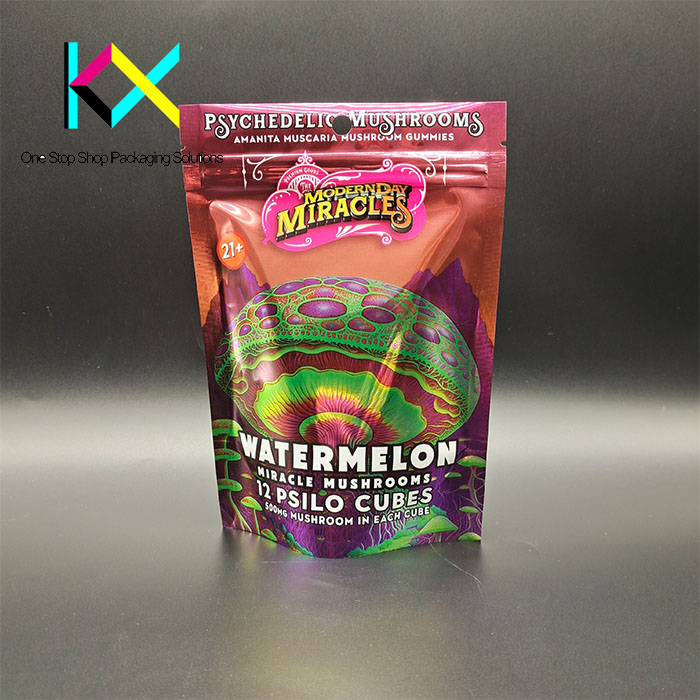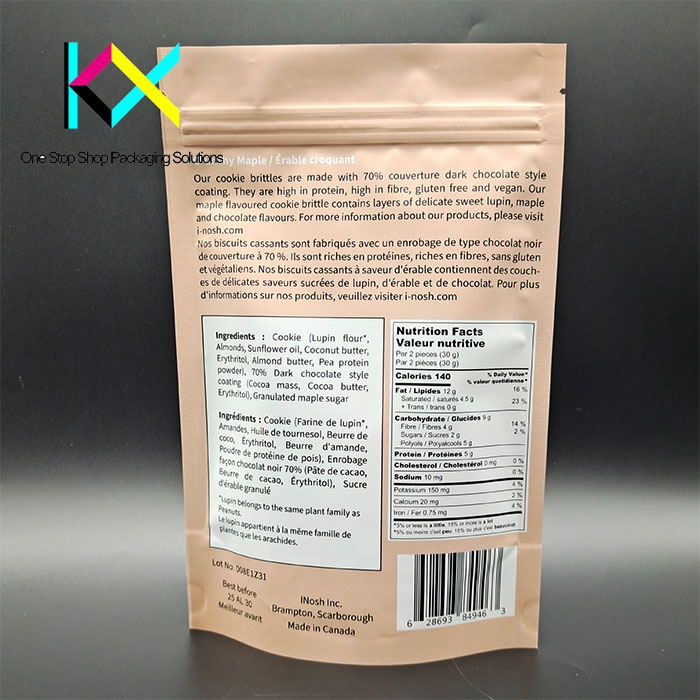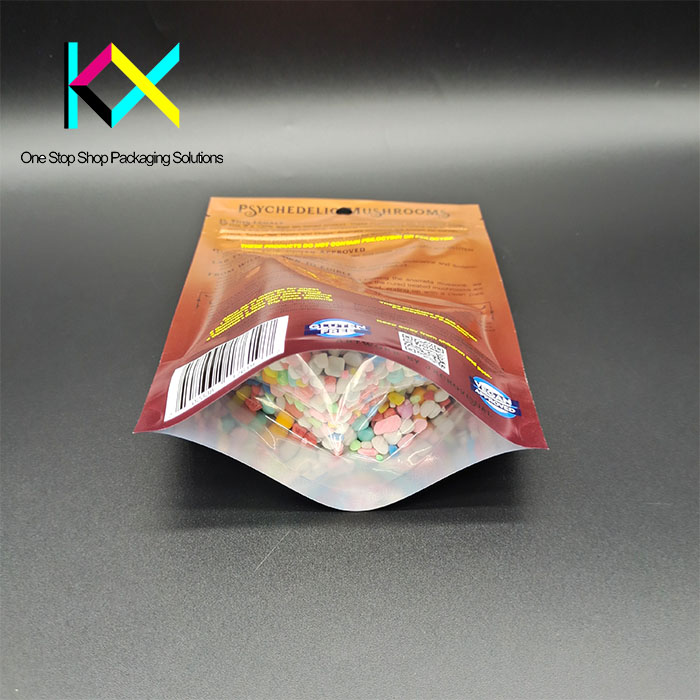The Evolution of Frozen Food Packaging: Smart, Sustainable, and Stronger Than Ever
In the rapidly expanding frozen food sector—projected to reach $404 billion globally by 2027—frozen food packaging is no longer just a protective shell but a high-tech enabler of freshness, sustainability, and consumer trust. As demand surges for plant-based meals, gourmet ice creams, and e-commerce-ready frozen goods, the flexible packaging industry is responding with breakthroughs that address extreme temperatures, eco-compliance, and smart functionality. Here’s how modern flexible packaging solutions are revolutionizing the cold chain.

1. Extreme Cold Resistance & Durability
Modern frozen food packaging must survive temperatures as low as -40°C while resisting brittleness. Innovations like Dow’s Innate™ TF Polyethylene enable films to maintain flexibility at -50°C, crucial for Arctic seafood exports. Brands like Iceland Foods now use 8-layer co-extruded structures with nylon reinforcement to prevent puncture during automated handling—a 30% improvement vs. 2020 designs.

2. Intelligent Barrier Technologies
Oxygen and moisture barriers are being reimagined:
Active Scavengers: Mitsubishi’s Ageless® oxygen absorbers embedded in labels extend frozen pizza shelf life to 24 months.
Nanoclay Coatings: Amcor’s nano-hybrid films achieve 0.05 g/m²/day WVTR without aluminum foil—meeting Whole Foods’ PFAS-free mandates.
Self-Healing Seals: Henkel’s Loctite® freeze-thaw resistant adhesives automatically repair micro-cracks during temperature fluctuations.

3. Sustainable Materials Revolution
With 73% of EU consumers prioritizing eco-friendly frozen packaging (Smithers 2024), manufacturers are deploying:
Monomaterial PE Pouches: Compatible with store drop-off recycling, like Coveris’ ReCover™ used by Green Chef.
Marine-Biodegradable Films: Notpla’s seaweed-based coatings decompose in ocean water within 6 weeks.
Chemical Recycling Ready: Berry Global’s Infinity+ range works with Pyrowave’s microwave depolymerization tech.
4. E-Commerce Optimized Designs
The 300% surge in online frozen sales (IRI 2023) demands packaging that:
Withstands 72-hour dry ice shipments
Resists condensation-induced label delamination
Features QR codes for real-time freshness tracking
Case Study: HelloFresh’s frozen meal kits now use Aptar’s Press-to-Close zippers with integrated humidity sensors—reducing returns by 18%.
5. Smart Labeling & Consumer Engagement
Digital printing advancements enable:
Thermochromic Ink Systems: Labels that turn blue if products exceed -12°C, as seen on Nomad Nutrition’s expedition meals.
Edible RFID Tags: Thin Film Electronics’ NFC tags printed with vegetable-based inks provide cooking tutorials.
Blockchain Traceability: Bumble Bee Foods’ frozen tuna pouches feature farm-to-freezer journey mapping via SAP’s Green Token.
6. Regulatory Compliance Made Smarter
FDA/EU food contact compliance is now automated through:
AI-Powered Migration Testing: Mimica’s BPA-free validation system cuts certification time by 60%.
Digital Twin Prototyping: Esko’s Store Visualizer simulates packaging performance under ISO 22000 cold chain scenarios.
7. The Silent Productivity Boosters
Anti-Fog Films: Klöckner Pentaplast’s ClearFrost™ maintains label readability after 10+ freeze-thaw cycles.
Static-Dissipative Layers: Critical for frozen electronics components, reducing ESD risks by 90%.
Automated Fill Speeds: Mark Andy’s Digital Series HD presses print 120m/min without ink cracking at -30°C.
Sustainability in Action: From Linear to Circular
Leading the charge:
-
Mondi’s Retour™: Recyclable frozen fish pouches using 50% post-consumer PE.
-
Südpack’s EcoLam®: Compostable ice cream packaging meeting DIN CERTCO standards.
-
Plastic Tax Mitigation: UK’s £200/ton levy drives adoption of 30% recycled content in Birds Eye’s new packs.
Future Frontiers
-
Self-Chilling Pouches: Phase-change material layers activated during delivery.
-
AI-Optimized Insulation: Machine learning models predicting optimal film thickness per product.
-
Edible Packaging: Wonka-style chocolate films protecting frozen desserts, dissolving in milk.
Why Partner with Specialized Converters?
Top frozen brands prioritize suppliers offering:
-
Cryogenic Testing Labs (-80°C simulation)
-
Short-Run Digital Printing for seasonal SKUs
-
Smart Factory Integration (Industry 4.0 compliance)
-
Carbon-Negative Production options
At Kexin Packaging, our FrostGuard™ line combines graphene-enhanced barriers with 100% recyclable monomaterials, recently winning the 2024 World Packaging Award. From plant-based meat patties requiring -50°C storage to probiotic ice creams needing UV-blocking films, we’re redefining frozen food protection.
The Cold Truth: In an era where packaging must be as resilient as Antarctic ice yet gentle on the planet, tomorrow’s frozen food solutions are being built today through smarter materials, smarter tech, and smarter partnerships.
You can visit our website to know more about our flexible packaging pouch:
